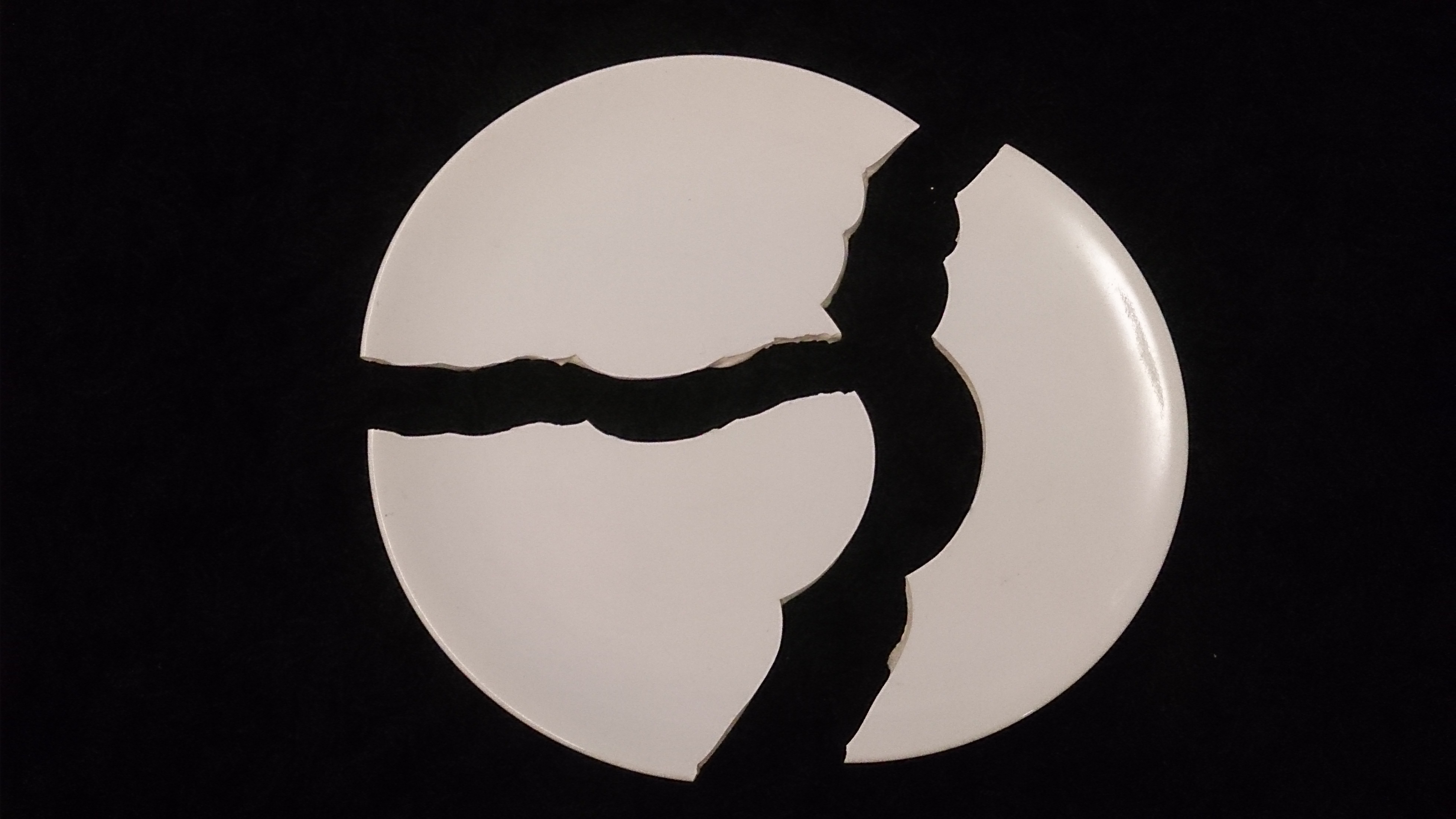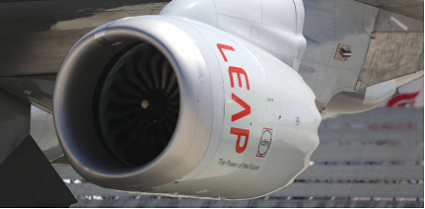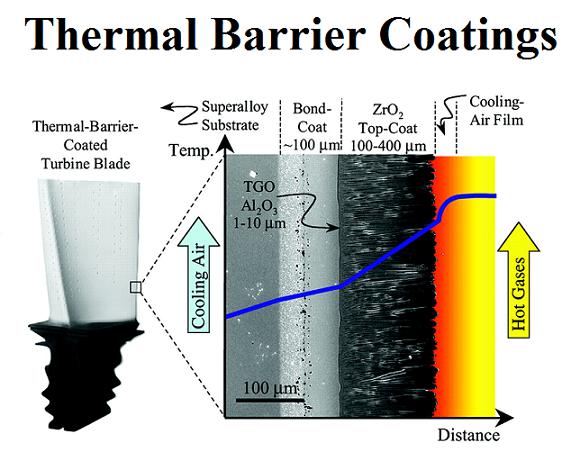How to Deal With the Brittleness of Ceramic Materials?
As we all know, ceramic materials have a fatal common defect that is its brittleness. The brittleness of ceramic materials is determined by the chemical bond and its microstructure and is the inherent characteristic of ceramic materials. In the following paragraphs, we will discuss the brittleness of ceramic materials and ways to improve them.
Why are ceramics brittle?
Ceramic materials are polycrystalline structures composed of ionic or covalent bonds, so they lack slip systems that can deform the materials. In the process of preparation, it is inevitable to leave micro-defects on the surface of the material, which may form the source of cracks. Once the material is subjected to an external load, the stress will be concentrated at the tip of these cracks. In ceramic materials, if there is no other system that can consume external energy, only new free energy can be exchanged. The so-called new free energy is the energy absorbed by the new surface formed by the propagation of the crack tip, which results in the rapid propagation of the crack and the so-called brittle fracture.

How to improve the brittleness of ceramics?
The brittleness of ceramic materials affects the reliability and consistency of material properties to a great extent. Therefore, it is the key work of many ceramic researchers to study the brittleness of ceramic materials and propose effective ways to improve it. The following will do a simple data collation for you.
1. The establishment of a weak interface system in ceramic materials
Since there is no mechanism in ceramic materials that can absorb external energy, is it possible to artificially create some weak interface structures in ceramic materials so that the propagation of cracks can absorb external energy through their dissociation without damaging the whole material? After many years of practice, there are many feasible solutions.
* D-reinforced ceramic matrix composites
Fiber (or whisker) is added to the ceramic matrix in a certain way. On the one hand, high-strength fiber (whisker) can share the additional load; on the other hand, the weak interface between fiber (or whisker) and the ceramic matrix can be used to create the absorption system of external energy, so as to improve the brittleness of ceramic materials.

For example, ceramic matrix composites can be applied to the Leap, CMC components introduced into the engine turbine housing lining. The improved engine requires much less cooling air than nickel-based superalloys and has a lower specific gravity, saving about 15 percent of the fuel used in previous engines.
* Composite ceramic materials
If two kinds of different materials are put together, the stress must be generated between the two materials due to their different thermal expansion coefficient and elastic modulus, and the stress in the grain interface is the main cause of the weak interface. Many studies have shown that if nano-sized grains of one substance exists in micron-sized grains of another, known as nano-micron intracrystalline recombination, their strength and toughness are surprisingly improved.
For example, studies have shown that adding nano silicon carbide (5%) and quad zirconium oxide(15%) to the matrix of alumina can achieve a strength of 1200 MPa (the strength of ordinary alumina ceramic materials is only about 300Ma).
* Self-toughening ceramic material
As mentioned above, fiber or whiskers are added to the matrix of ceramics for strengthening and toughening. However, it is difficult to achieve uniform distribution of fiber or whisker with the granular ceramic matrix with a large aspect ratio, which results in the dispersion of composite properties. Therefore, people assume that if it is possible to form a shape with a certain aspect ratio in the matrix of ceramics, it can achieve the same effect as reinforcing ceramics with fiber or whisker.
Therefore, a part of the ceramic body can generate a certain aspect ratio by itself through special processing. For example, a small amount of liquid phase in the sintering process of alumina ceramics can induce the anisotropic growth of alumina grains, while the strength and toughness of alumina ceramic materials can be greatly improved by forming a large number of rod-shaped crystals with a large aspect ratio in the alumina matrix.
* Laminated composite materials
The idea of the laminated composite material is put forward from the conch microstructure in nature, that is, two materials of different components are stacked in a sandwich to form a multilayer laminated composite with parallel interfaces. The material structure of the sample design has many weak interfaces perpendicular to the stress direction. These weak interfaces are the main reason for the distortion of the main crack propagation path, and also the important factor for the improvement of the toughness of the material. At the same time, due to the different materials on both sides of the layer, the residual stress must be generated due to the difference in the elastic modulus and thermal expansion coefficient between them, and this residual stress within a certain limit is the main reason for reinforcement and toughening.
2. Zirconia toughened ceramic material
Since the idea of ceramic steel was put forward, the research on zirconia toughened ceramic materials has been flourishing. Zirconia compounds have three crystal types: cubic in high temperature, tetragonal in medium temperature, monoclinic in normal temperature. However, the tetragonal zirconia of mesothermal type can be kept stable at room temperature under the inhibition of external stress. Once the material is subjected to the external force, the restrained meso-stable tetra-phase zirconia will undergo a phase transition. In the process of phase transition, certain energy will be absorbed, which undoubtedly plays a role in the consumption of external energy. At the same time, a volume change of 3% ~ 5% will occur in the phase transformation process. As a result, tiny cracks will be generated around the crack tip, which is a manifestation of the increase in toughness of the material.
Therefore, the phase transition of zirconia will promote the increase of strength and toughness of the material. This characteristic of zirconia makes it a very effective additive for strengthening and toughening in ceramic materials, thus forming a series of zirconia toughening ceramics. Tetragonal zirconia polycrystal (TZP) is one of the most important zirconia toughened ceramic materials, which is considered to have the best mechanical properties at room temperature.

3. Functionally graded material
In the process of ceramic coating, the gradient change of coating composition is often needed to obtain the ceramic coating with good performance and high bonding strength in order to obtain the thicker coating or because of the great difference in thermal and mechanical properties between the metal matrix and ceramic coating.

4. Nano-ceramic material
From the point of view of microstructure, there is a direct relationship between grain size and material properties. When the grain size of ceramic material reaches the nano level, the performance of ceramic material will be obviously excellent. For example, partially stabilized zirconia ceramics are made from solid solution powders of 3% (mol) yttrium oxide and zirconia through atmospheric sintering, in which gadolinium oxide is dispersed in zirconia in fine crystals with an average diameter of 0.3μm. When heated to above 1200 ℃, the zirconia ceramics can elongate under a certain stretching rate of 12%.









